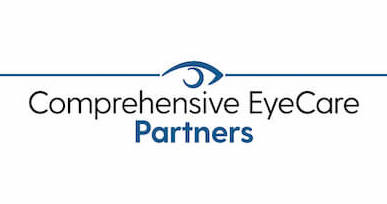In This Issue: November 2021
- November is Diabetic Eye Disease Awareness Month
- FSA Money: Use It, Don’t Lose It!
- How COVID-19 Can Affect Your Eyes

November is Diabetic Eye Disease Awareness Month
Type 1 and Type 2 diabetics are especially prone to eye disease – especially diabetic retinopathy. Because this disease typically starts slowly, there are usually no symptoms in the early stages. By the time it starts to impact your vision, the disease will be in a later stage of development. Regular eye exams are critical for detecting this disease early so treatment can be administered and vision preserved.

FSA Money: Use It; Don’t Lose It!
It’s time to start thinking about using the money you have stashed away in a Flexible Spending Account (FSA). These plans have Use It Or Lose It restrictions, so if you‘ve been thinking about having LASIK vision correction or cataract surgery with premium lens implants – or even if you need new glasses or contacts – you can use FSA money to improve your eyesight. Don’t wait too long to contact our office to schedule an eye exam or free LASIK Consultation. We need time to assess your eye health and we don’t want our schedule to fill up before we have time to schedule your procedure.
- If your company offers a Flexible Spending Account, you can elect to place a portion of your pre-tax earnings into this short-term, tax-free savings account to use for non-reimbursable medical expenses.
- Enrolling in this program helps you save hundreds off your procedure* and lowers your taxable income.
*Your actual savings will depend on your annual income.

How COVID-19 Can Affect Your Eyes
The symptoms of COVID-19 can vary greatly from person to person. While you may watch for flulike signs to develop, you may also want to pay attention to your vision. Many people experience pink eye (conjunctivitis) as a sign of COVID, especially children. Common symptoms of this highly contagious eye condition include:
- Redness
- Itchiness
- Grittiness or a feeling of a foreign object in the eye
- Yellowish discharge
- Light sensitivity
- Pain
Researchers are also studying the link between how inflammation caused by COVID might affect your retina (the light-sensitive tissue at the back of your eye). There are 4 common retinal problems that may be linked to COVID. These typically manifest with 1-6 weeks of COVID symptoms:
- Spots in your eye that look like cotton wool, caused when blood clots prevent nutrients from getting to the retina, leading to swelling and dying of retinal tissue. Vision is not affected by these spots.
- Sudden, painless vision loss, caused when blood clots in the retinal arteries prevent the flow of oxygen. The death of retinal cells is known as an eye stroke or retinal artery occlusion.
- Blurry vision or sudden blindness, caused by a blocked retinal vein. As blood builds up, the eye pressure also increases which can lead to bleeding, swelling and fluid leaks.
- Blind spots or loss of vision, caused by bleeding in the blood vessels. This is referred to as a retinal hemorrhage.
If you are experiencing any changes in your vision – especially if you have been diagnosed with COVID-19 – contact our office at (702) 996-5195 to schedule an eye exam. You may not have outward symptoms, but there could be damage happening deep within your eyes.


